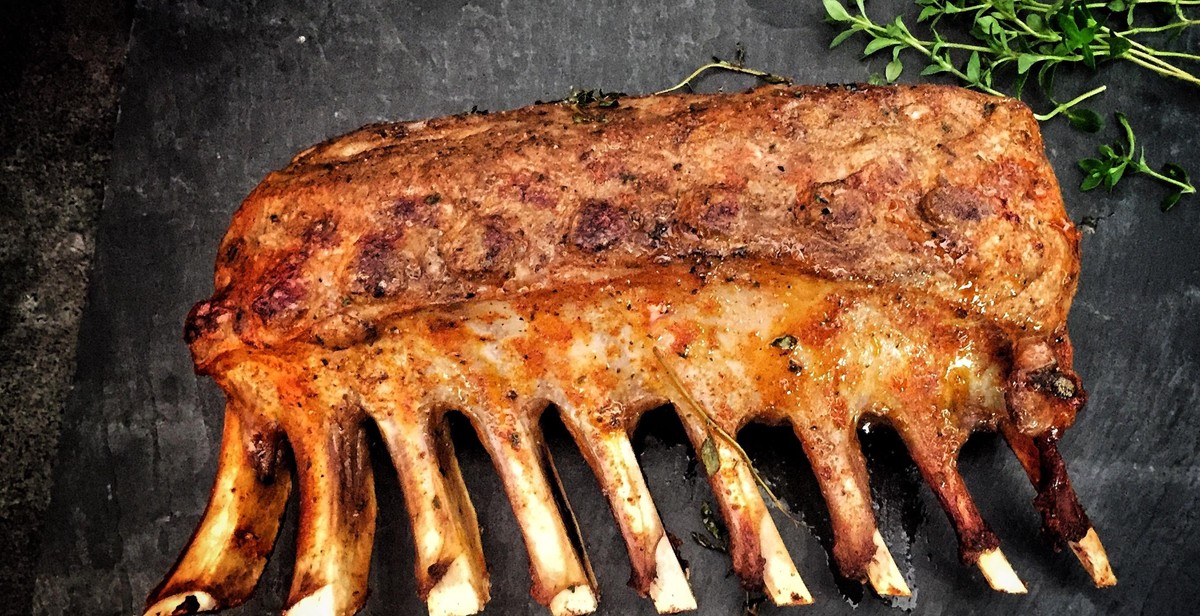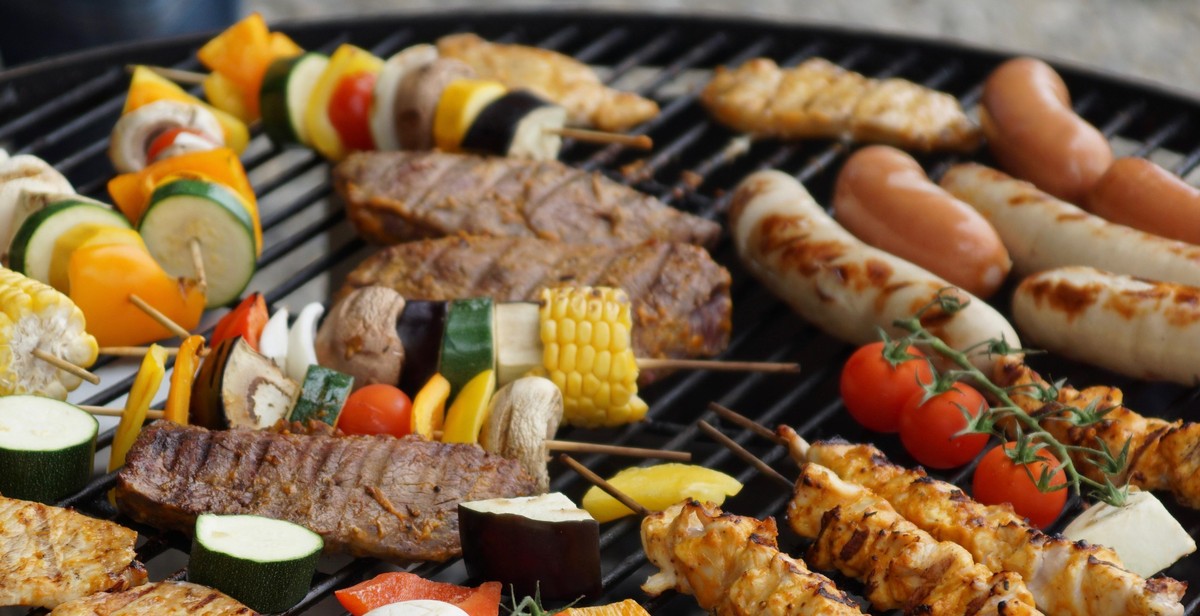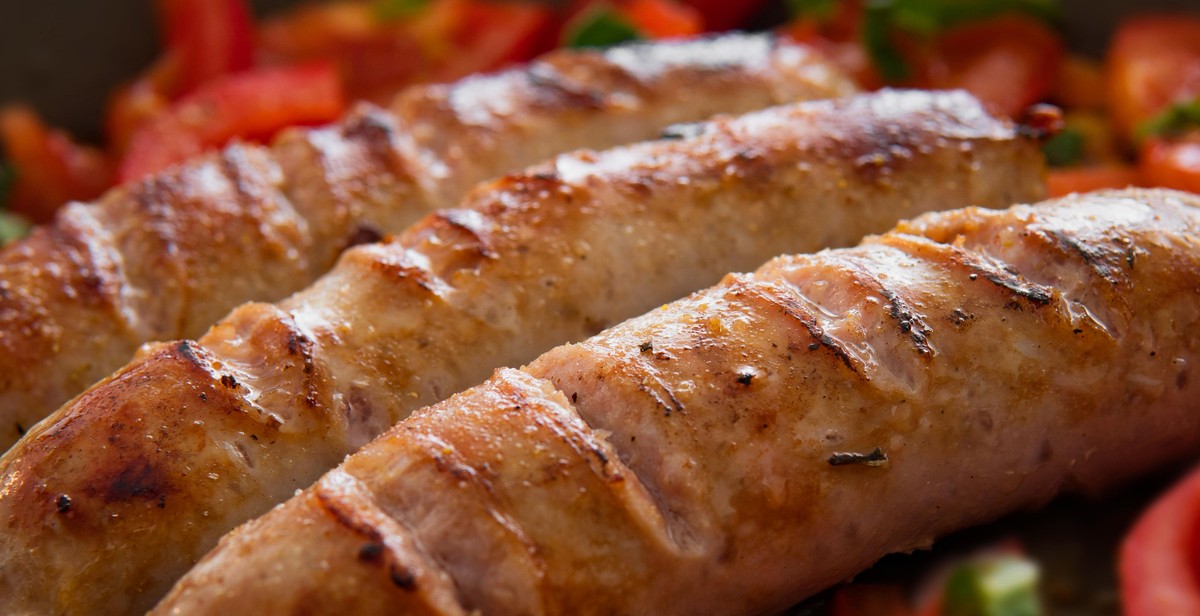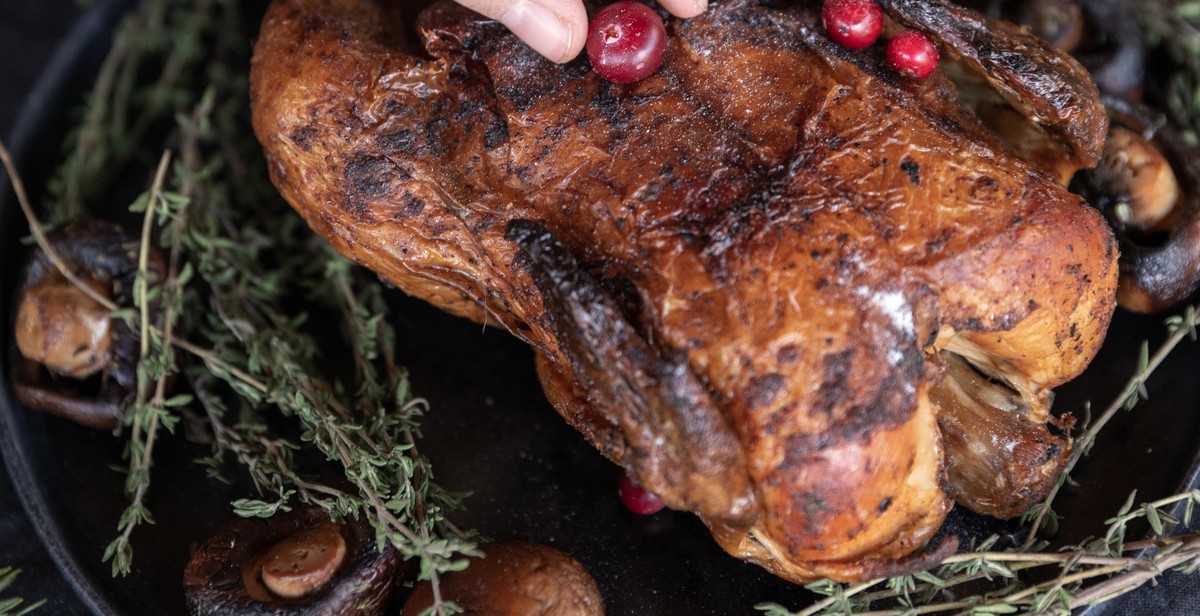How to BBQ Spare Ribs: Tender and Sticky Barbecue Delight
Barbecue spare ribs are a classic American dish that is loved by many. Tender and flavorful, they are perfect for a summer cookout or any occasion when you want to impress your guests. Whether you are a seasoned pitmaster or a novice griller, learning how to BBQ spare ribs is a skill that is worth mastering.
Why BBQ Spare Ribs?
There are many reasons why BBQ spare ribs are a popular choice for backyard cookouts, family gatherings, and special occasions. For one, they are a crowd-pleaser. Who doesn’t love a juicy, fall-off-the-bone rib that is slathered in a sticky, sweet sauce?
Secondly, BBQ spare ribs are versatile. They can be cooked using a variety of methods, including smoking, grilling, and baking. This means that you can tailor your cooking technique to suit your preferences and the equipment that you have available.
Finally, BBQ spare ribs are a relatively affordable cut of meat. While they may require a bit of time and effort to prepare, they are a great option for those who want to serve up a delicious and impressive meal without breaking the bank.
In this article, we will walk you through the process of BBQing spare ribs, from selecting the right cut of meat to preparing and cooking them to perfection. So grab your apron and let’s get started!

Preparing the Ribs
Before you start cooking your spare ribs, it’s important to properly prepare them. This will ensure that they are tender, juicy, and full of flavor. Here are some tips for preparing your ribs:
Choosing the Right Ribs
When it comes to choosing the right ribs, you have a few options. Baby back ribs are smaller and leaner, while spare ribs are larger and meatier. St. Louis-style ribs are spare ribs that have been trimmed and shaped into a more uniform size. Whichever type of ribs you choose, make sure they are fresh and high-quality.
Removing the Membrane
Before cooking your ribs, it’s important to remove the tough membrane on the underside of the ribs. This will make the ribs more tender and allow the seasoning to penetrate the meat. To remove the membrane, use a sharp knife to loosen one end of the membrane, then grab it with a paper towel and pull it off in one piece.
Dry Rub or Marinade?
Once you’ve removed the membrane, it’s time to season your ribs. You can use a dry rub or a marinade, depending on your preference. Dry rubs are a mixture of spices and herbs that are rubbed onto the surface of the meat, while marinades are a mixture of liquids and seasonings that the meat is soaked in. Both methods can result in delicious, flavorful ribs. If you’re using a dry rub, be sure to apply it generously and rub it into the meat. If you’re using a marinade, make sure to marinate the meat for at least a few hours or overnight to allow the flavors to penetrate the meat.
Overall, preparing your ribs is an important step in the BBQ process. By choosing the right ribs, removing the membrane, and seasoning them properly, you can ensure that your ribs are tender, juicy, and full of flavor.

Setting Up the Grill
Before you start cooking your spare ribs, it’s important to properly set up your grill for optimal cooking. The first step is deciding whether to use direct or indirect heat.
Direct or Indirect Heat?
Direct heat is when the food is placed directly above the heat source, while indirect heat is when the food is placed to the side of the heat source. For spare ribs, it’s recommended to use indirect heat to prevent the meat from burning and to ensure even cooking.
Wood Chips or Charcoal?
Next, you’ll need to decide whether to use wood chips or charcoal. Wood chips add a smoky flavor to the meat, while charcoal provides a consistent heat source. If using wood chips, soak them in water for at least 30 minutes before placing them on the grill. This will prevent them from burning too quickly.
Temperature Control
Temperature control is crucial when cooking spare ribs. The ideal temperature range is between 225-250°F. Use a thermometer to monitor the temperature throughout the cooking process. To maintain a consistent temperature, add more charcoal or wood chips as needed.
It’s also important to keep the lid closed as much as possible to retain heat and smoke. Opening the lid too often can cause fluctuations in temperature and extend the cooking time.
By properly setting up your grill, you’ll be on your way to perfectly cooked spare ribs.

Cooking the Ribs
Now that you have prepped your spare ribs, it’s time to start cooking them. The key to achieving tender and juicy ribs is to cook them low and slow. This means cooking them at a low temperature for a long period of time. The ideal temperature is around 225-250°F, and the cooking time can range from 4-6 hours, depending on the size and thickness of your ribs.
Mopping or Spritzing
During the cooking process, it’s important to keep your ribs moist to prevent them from drying out. One way to do this is by mopping or spritzing them with a liquid every 30-45 minutes. Mopping involves brushing a sauce or marinade onto the ribs with a brush or mop, while spritzing involves using a spray bottle to mist the ribs with a liquid such as apple cider vinegar or apple juice. Both methods add flavor and moisture to the ribs and help to create a beautiful bark on the outside.
Wrapping the Ribs
After a few hours of cooking, you may notice that your ribs are starting to look dry or the bark is starting to get too dark. This is a good time to wrap them in foil or butcher paper. This will help to trap in moisture and create a more tender rib. Wrapping also helps to speed up the cooking process and can help to ensure that your ribs are done in time for dinner. Simply wrap your ribs tightly in foil or butcher paper and return them to the smoker or grill for another hour or so.
Remember, cooking ribs is an art, not a science. Every smoker and grill is different, and it may take some trial and error to find the perfect cooking time and temperature for your ribs. But with a little practice and patience, you’ll be able to achieve tender, juicy, and delicious spare ribs that will be the hit of your next barbecue.

Finishing Touches
After several hours of slow cooking, your spare ribs are now ready to be glazed and served. Here are some tips on how to add the perfect finishing touches to your barbecue delight:
Glazing the Ribs
Glazing your ribs is the final step in achieving that tender and sticky texture. Brush your favorite barbecue sauce on both sides of the ribs and let it cook for another 10 to 15 minutes. Be sure to keep an eye on the ribs to avoid burning or overcooking.
Resting the Ribs
Before serving, it’s important to let your ribs rest for at least 10 minutes to allow the juices to redistribute. Cover them with foil to keep them warm while resting. This step will ensure that your ribs are juicy and flavorful.
Serving the Ribs
Now that your ribs are perfectly cooked and glazed, it’s time to serve them up! Cut them into individual portions and serve with your favorite sides such as coleslaw, baked beans, or corn on the cob. Don’t forget to have plenty of napkins on hand!
With these finishing touches, your spare ribs will be the talk of the town. Enjoy!
